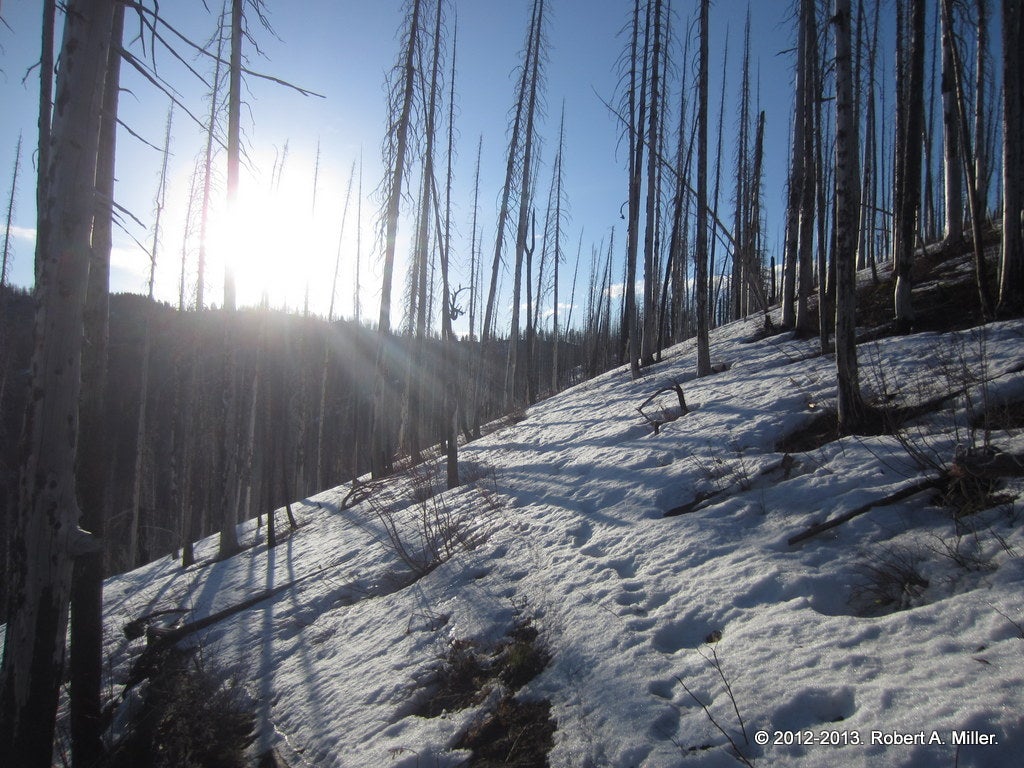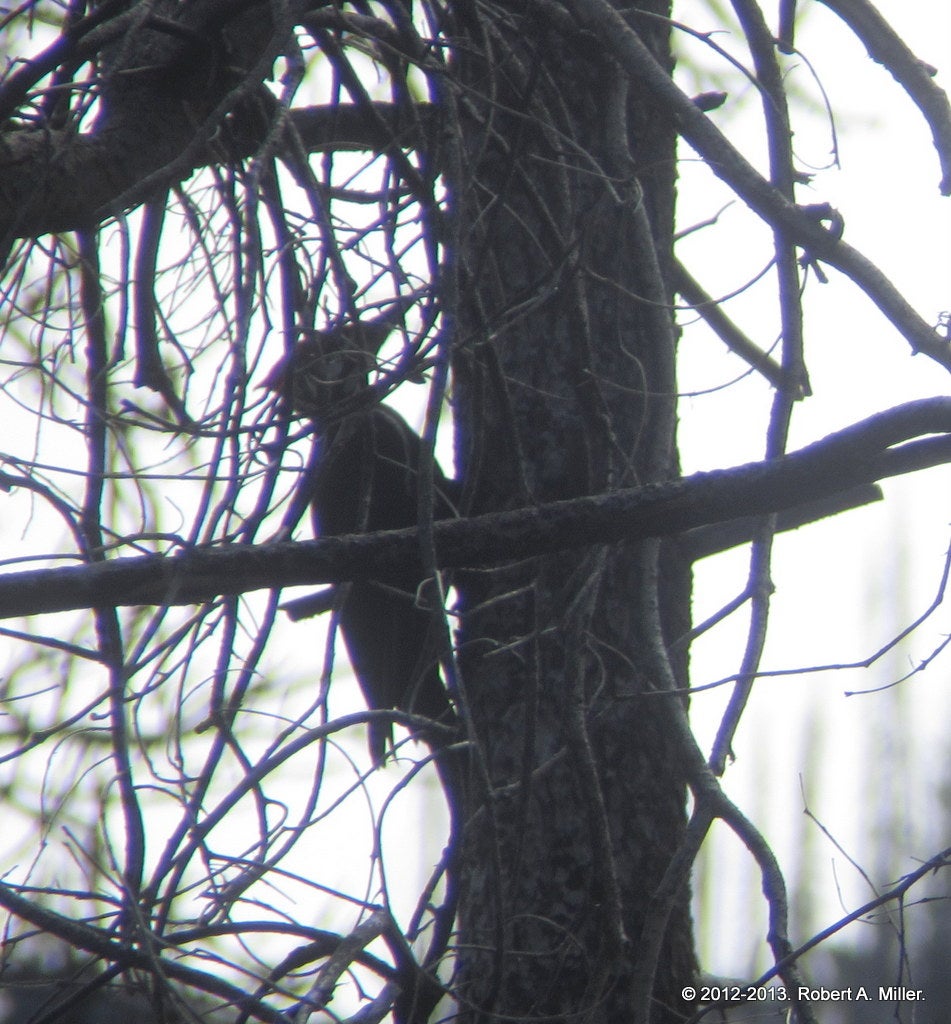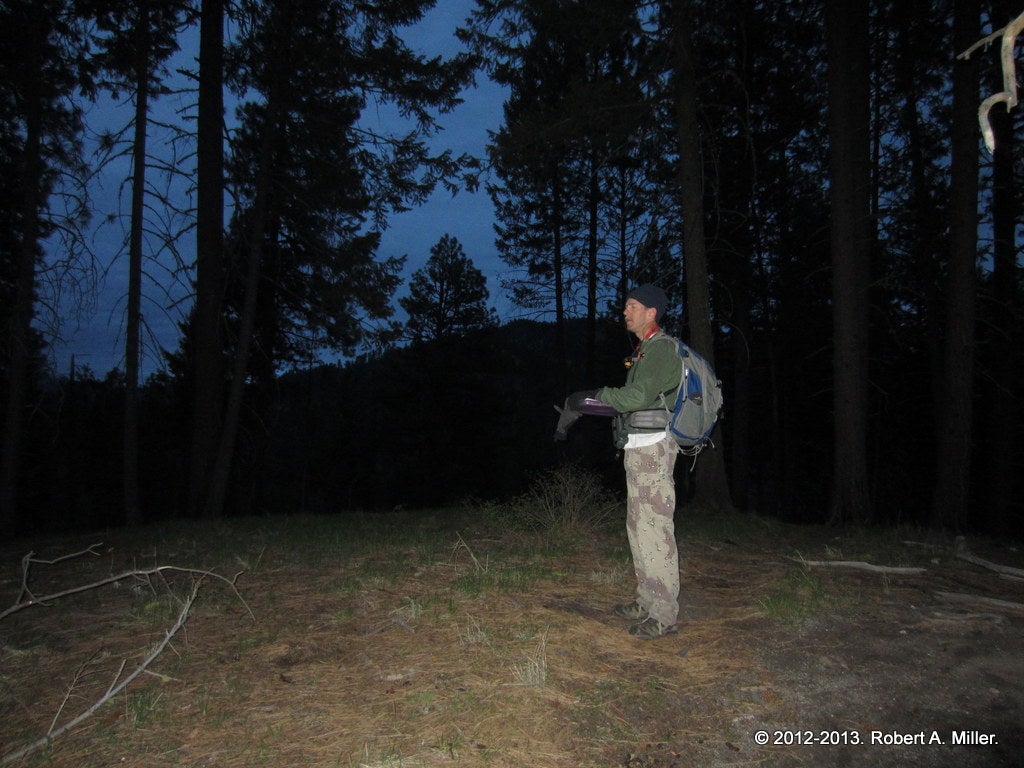By Rob Miller
This week is the official launch of the Intermountain Bird Observatory’s woodpecker survey projects. Of the three woodpecker survey projects we will complete this year, two kick off this week. It is an exciting time to get out in the woods, as many resident species are claiming their territories and the long distance migrants are inbound to compete as well. Most of our areas are still buried in snow, so it provides a great contrast to the summer heat that is soon to arrive.

The first project to launch is the Management Indicator Species project with the Boise National Forest. The forest service is required by their rules to identify management indicator species, or species whose status is tied to the health of the forest. The idea is if the indicator species is doing well, the forest is doing well, and vice versa. It is much more cost efficient to monitor a few indicator species, than to survey for all species. The challenge is to choose species which are truly representative of forest health. Each forest has the latitude to choose their own species based upon their management goals. The Boise National Forest has identified three species, all woodpeckers – Pileated Woodpecker, White-headed Woodpecker, and the Black-backed Woodpecker. The Pileated and White-headed surveys are performed in April and May, whereas the Black-backed surveys will be launched in June.

The surveys begin 30 minutes before sunrise. Each transect includes ten points, spaced 250 meter apart. We must finish all points by 10am. At each point we will perform a 10-minute point count. This is split between five minutes of silent listening and, new this year based upon our recommendations from last year, five minutes of White-headed Woodpecker call broadcasts. We added the calls this year to try and increase detection of this rare species. This project was designed by the forest service and they have responsibility to analyze the results. However, as noted, we have influenced the approach by adding the call broadcasts for White-headed Woodpeckers.

The second project kicking off this week is also a management indicator species project. The Caribou-Targhee National Forest has contracted with IBO to survey for eight woodpecker species across the northern section of the forest. IBO designed the project and will execute, analyze, and report the results. This complex project will involve surveying four points per morning, each separated by 500 meters. The points are located “off trail” so access and navigation will be more difficult. The presence of deep snow, rough terrain, and grizzly bears, further complicate the logistics. The surveys also begin 30 minutes before sunrise and must finish by 10am. At each point there will be a six minute silent listening period followed by broadcasts of each of the eight species. Yes, that is 22 minutes in total! This project will continue daily for six weeks.
In June we will kick off the Black-backed Woodpecker project for the Boise National Forest. This project was new last year and was designed, implemented, analyzed, and reported by IBO. We have made a few modifications this year to improve the project. The Black-backed Woodpecker is a fire specialist, so we are excited to see how their population and distribution have changed after two seasons with large fires.
The forest service does choose other management indicator species besides woodpeckers. The Sawtooth National Forest has chosen the Northern Goshawk. IBO will kick off our goshawk project in partnership with the Sawtooth National Forest in June.
Check back for updates on each of these projects!